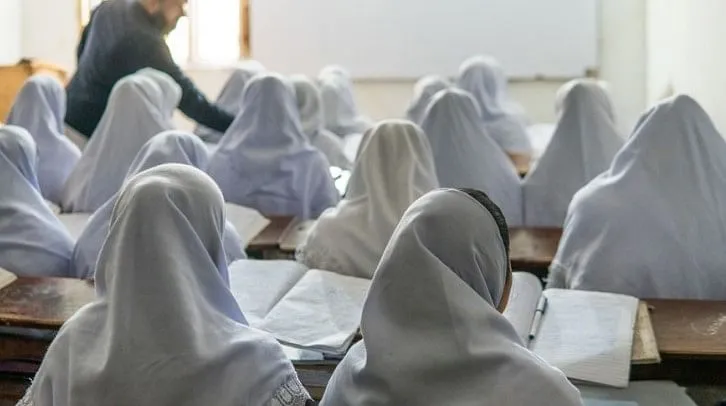The Annual State of Education Report (ASER)-2020 has revealed that the Non Government Organisations (NGOs) were least consulted by the schools in rural areas of J&K.
The annual ASER-2020 was released in February this year.
As per the contents of the annual report, the estimates for Ladakh and J&K have been presented in a combined form for comparability with ASER estimates of the previous years.
The findings for the annual report of ASER-2020 have been compiled after surveying 14 out of 22 districts of J&K and Ladakh. The team visited 405 villages and sampled around 2819 households of which 1174 households were taken as samples for compiling the report.
The ASER released its findings after interacting with students of different age groups including students between 5-16 years of age.
Also, the ASER team interacted with the students from first primary to 12th class in different districts.
The team visited different schools who take help from village community members.
“A total of 56.3 percent schools reported that they take help from village heads or ward members while only 2.5 percent schools take help from NGOs or local volunteers and 8.8 percent schools take help from older children,” the ASER-2020 reveals.
The findings have exposed the tall claims of the successive regimes of roping in NGOs to improve the overall standards of the government schools.
Over the past years, the government was apparently seen giving more preference to the NGOs than the teaching staff of the schools for bringing reforms in the education sector.
“Around 6.3 percent schools are taking help from Anganwari workers while 3.8 percent schools take help from School Management Committee (SMC) members,” the ASER states.
The ASER report said that the COVID-19 crisis in 2020 interrupted the overall academic system in schools.
“A lot of digital content has been generated and transmitted to help children continue to learn but there is limited evidence on the extent to which this content is reaching children whether they are engaging with it and the impact it is having on their participation and learning,” it reads.
The ASER 2020 Wave 1 phone survey was conducted during late September 2020.
Some of the findings have laid stress on the patterns of enrollment among 6-16 year olds in rural India including J&K.
“For children in the 6-14 age groups around 52 percent of all children are enrolled in government schools and 45 percent are enrolled in private schools,” the report reads.
The ASER-2020 findings have shown an increasing trend in the enrollment of students in government schools in almost every age group.
The latest ASER is the first-ever phone-based survey conducted in September 2020 which marked the sixth month of national school closures.
“The survey explores provision of and access to distance education mechanisms, materials and activities for children in rural India, and the ways in which children and families are engaging with these remote learning alternatives from their homes,” the report reads.
As the education shifted to e-mode in wake of COVID-19, the ASER-2020 in its findings collected figures about the schooling of the parents of the school children.
The national report has revealed that 52.7 percent of all children’s mothers and 20.5 percent of all children’s fathers in J&K had no formal schooling.
“Only 40.3 percent of all children’s’ mothers have completed more than five years of school compared to around 74.2 percent of all children’s fathers,” the report reads.






